Common name: Sea Angel
Scientific name: Clione limacina
Author: Choe Stone
Photos: Special thanks to Alexander Semenov for allowing us to use his beautiful images of Clione limacina.
Size range: 3 cm to 8 cm
Identifying features: Clione limacina are a type of pelagic sea slug, They have a unique pair of swimming wings, called peropoida, connected to the sides of their anterior at the midline. Three pairs of buccal cones (eversible tentacles without suckers), a radula and chitinous hooks are used to capture and hold prey, pulling it towards their mouths. The translucent body of these creatures show the pink or yellow couloured internal organs of the sea angel.
Habitat: Clione limacina inhabit the cold ocean waters of the Pacific, Arctic and sub-Arctic along with some C. limacina being found in the Sea of Okhotsk, Japan. They live anywhere from the surface of the water up to 600 meters deep.
Food: The Sea Angel feeds exclusively on the Sea Butterfly (shelled Pteropods). C. limacina use their buccal cones to drag the thecosome towards their mouth where they use their radula and chitinous hooks to pull the prey out of its shell.
Predators: Sea Angels main two predators are Baleen whales, such as right whales, blue whales, and humpback and Oncorhynchus keta, more commonly known as Chum salmon. Baleen whales take in filtered water that has lots of different types of microscopic species, usually including Clione limacina.
Life cycle: The sea angel is a hermaphrodite, meaning that they can become whatever sex they needed to be to mate with another C. Limacina. Mating between the angels involves cross-fertilization and results in about 20-30 fertilized eggs. The eggs are laid in a gelatinous mass where they hatch into a larval form. The larval stage of Clione limacina is a shelled pteropod. The larva’s shell is thimble shaped and it’s mouth has a ciliated ring. Once they grow out of the larval stage, the Sea Angel loses its shell and ciliated band, grows wings and elongates its body. Clione limacina live up to two years.
References:
Brady, H. (2017, September 20). Rare Video Shows Sea Angels’ Graceful Mating Dance. Retrieved from https://www.nationalgeographic.com/news/2017/09/sea-angels-mating-arctic-video-spd/
Maoka, T., Kuwahara, T., & Narita, M. (2014, March 13). Carotenoids of sea angels Clione limacina and Paedoclione doliiformis from the perspective of the food chain. Retrieved from https://www.ncbi.nlm.nih.gov/pmc/articles/PMC3967221/
Pteropoda by Alexander Semenov. (n.d.). Retrieved from http://coldwater.science/project/pteropoda
Wrobel, D., & Mills, C. E. (2003). Pacific coast pelagic invertebrates: a guide to the common gelatinous animals. Monterey CA: Monterey Bay Aquarium.
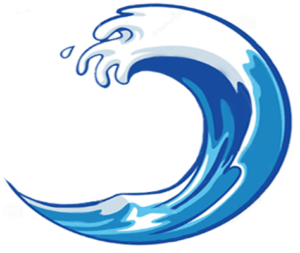
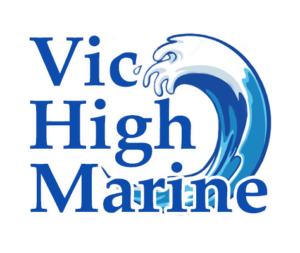
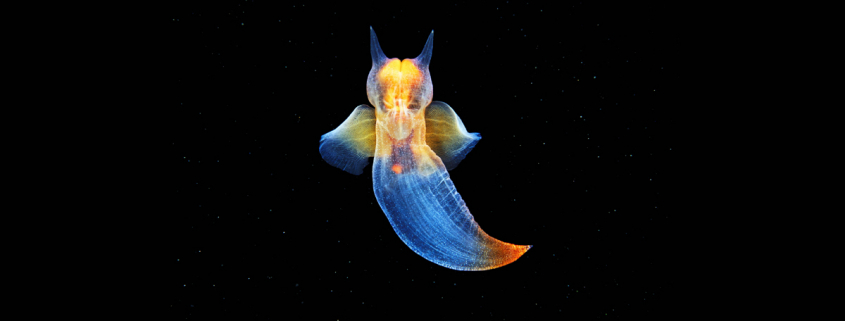
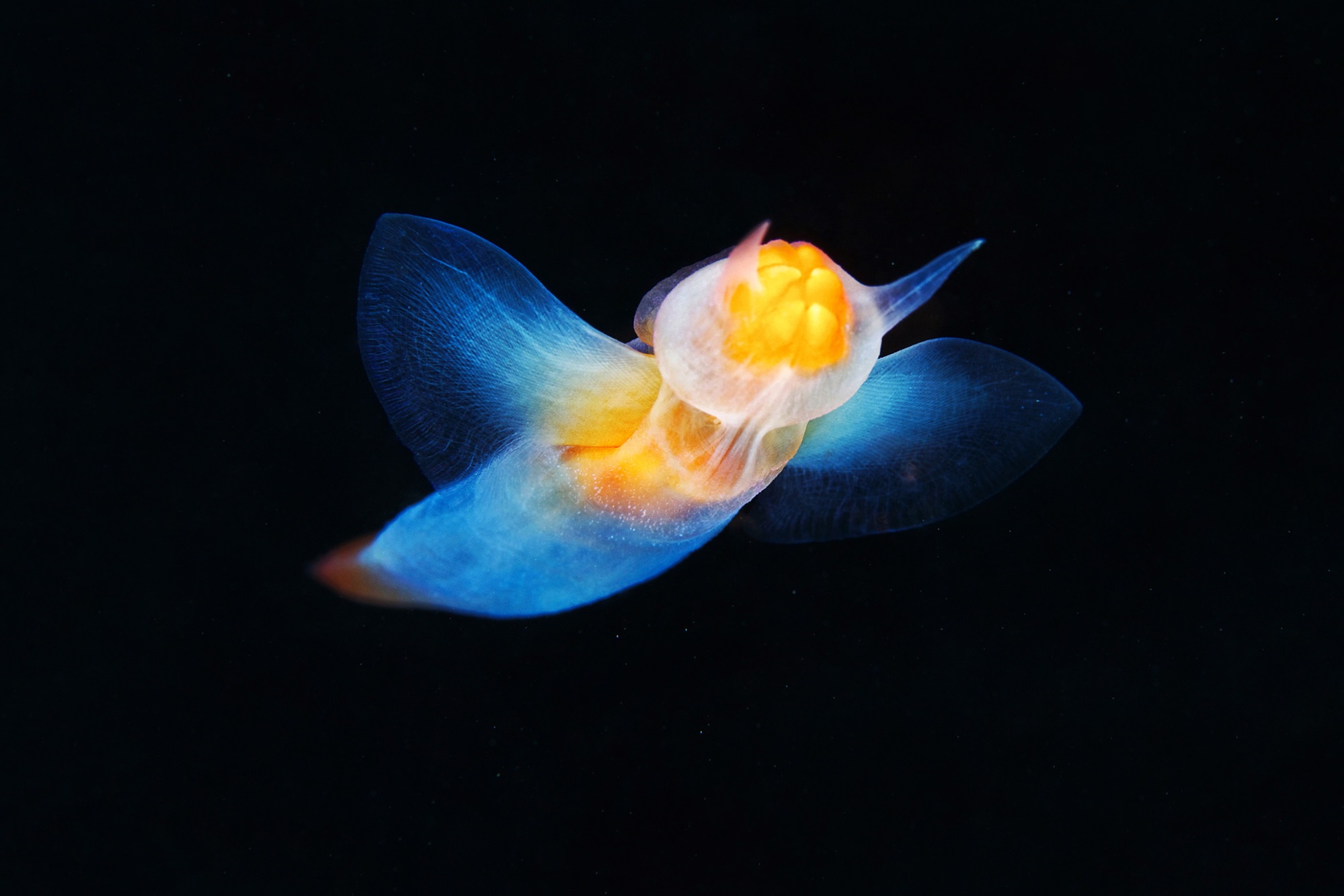
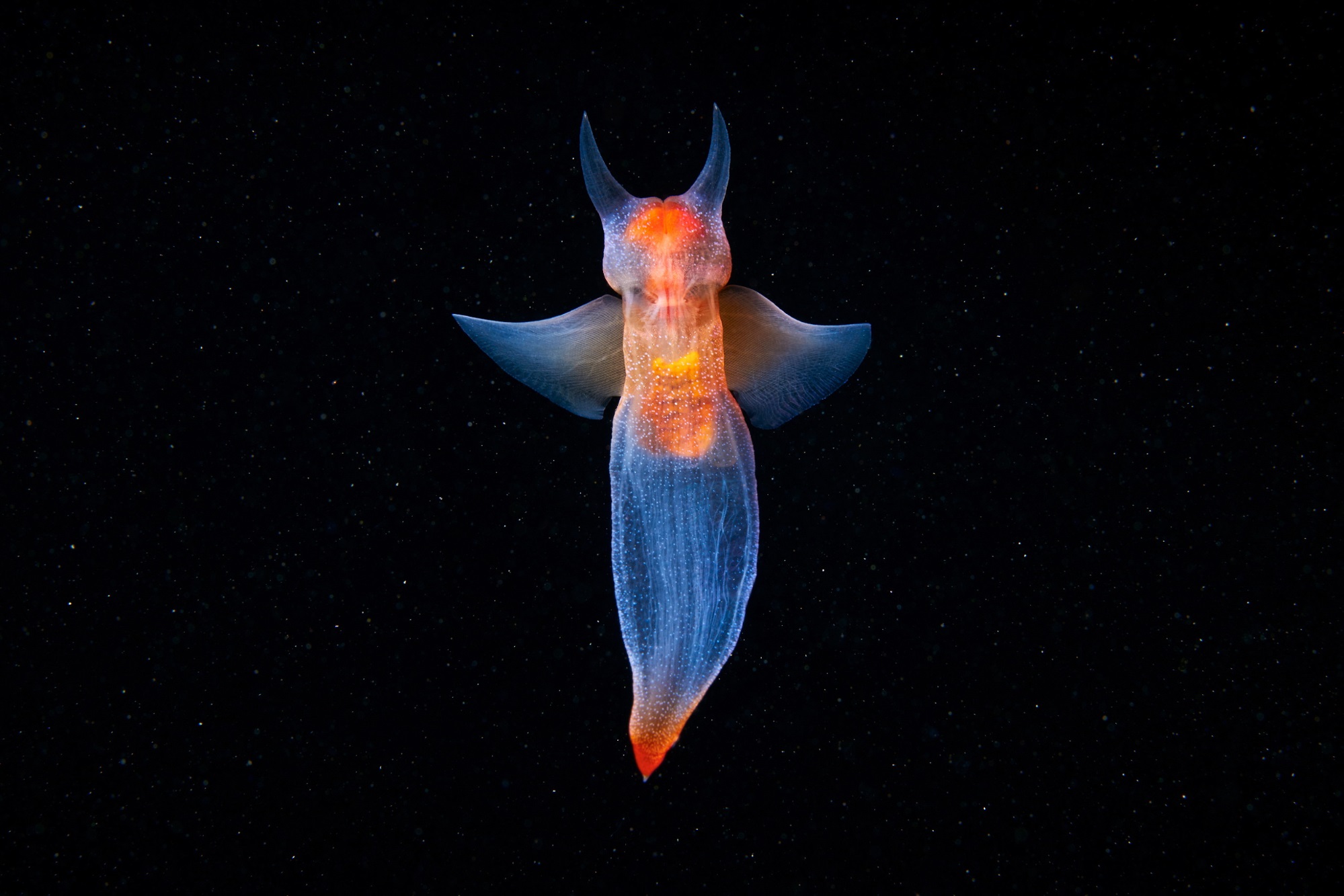


Leave a Reply
Want to join the discussion?Feel free to contribute!